How I Ran a Sub-2 Hour Half Marathon
For many amateur runners, running a sub-2 hours half marathon is the holy grail—a milestone that demands relentless effort, countless miles, and an iron will. It’s no surprise that so many never make it. But after 11 months of grinding through 1,384 kilometers (860 miles), burning through three pairs of running shoes, and enduring a few necessary trips to the physiotherapist, I finally did it: 1:58:04.
In this post, I want to take you through how I ran a sub-2 hour half marathon—how it unfolded, the highs, the struggles, and the moment I realized I was going to make it. If you’re curious about how I trained for this, stay tuned—I’ll break down my full training plan in an upcoming post. Be sure to bookmark the blog or subscribe via email so you don’t miss it!
The Road to Race Day: Three Months of Preparation
Running a sub-2 hours half marathon wasn’t just a race-day effort—it was built over months of training, sweat, and setbacks. For three months, I dedicated myself entirely to this goal, but the journey was anything but smooth.
The first month was all about laying the foundation—easy runs at low intensity, patiently building endurance. Then came the grind: in the second month, I introduced tempo workouts, gradually increasing intensity. I pushed through 9 × 1 km sessions, starting at 5:50 min/km and working my way down to 5:15 min/km, with 5-minute jogs in between. Things were looking good. I was feeling stronger. But then, in the third month, just as I planned to add speed work, disaster struck—a toe injury forced me to stop running for 13 days. When I finally got back, race day was looming, and with just one week left, I could only manage light runs. Nothing in my training suggested I was ready to break the 2-hour mark. But as I would soon learn, race day has a way of surprising you.
Race Day Jitters and the Calm Before the Storm
The alarm went off early, but I was already awake. Still, I had managed to get more than seven hours of decent sleep—better than I expected. As I got out of bed, a mix of excitement and doubt hit me. Had I done enough? My training had been shaky, my injury a heartbreaking setback, my last runs uninspiring. But today was the real test.
Breakfast was simple: one banana, 30g of protein shake, and half a liter of water mixed together. I kept checking the weather—perfect sunny spring conditions. Finally, something working in my favor.
Before stepping outside, I spent about 20 minutes doing my pre-run routine. For my warm-up, I planned to jog to the start line at an easy pace. When I arrived, the energy was electric—runners warming up, last-minute stretches, nervous chatter. I tried to stay calm, repeating my plan in my head: start controlled, find a rhythm, don’t panic.
But the doubts still lingered—was sub-2 even possible? Before I could overthink it, the gun went off. Just like that, months of preparation came down to this moment.
Finding My Stride: The First Half of the Race
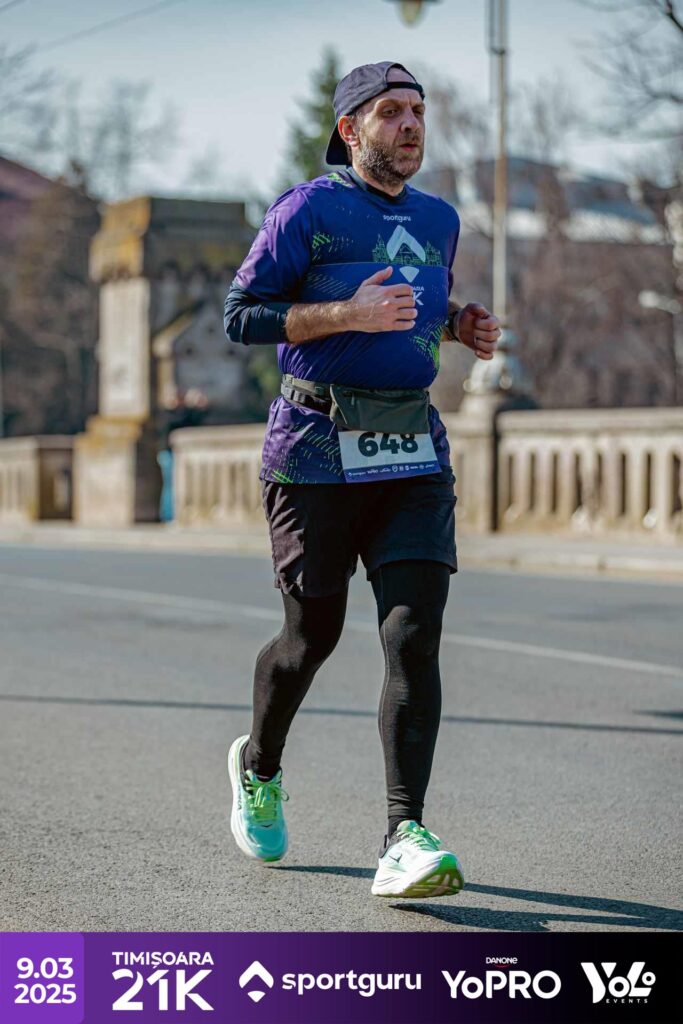
The start line was a chaotic sea of runners—way too crowded for my taste. Around 2,000 runners surged forward at once, a mix of half-marathoners and 10K participants. My plan was simple: start controlled at 5:50/km, ease into the race. But that plan didn’t survive the first kilometer.
With so many runners packed together, slowing down wasn’t an option. I had to go with the flow, and the flow was fast (at least for my standards). I glanced at my watch—5:25/km. Faster than planned, but I felt good. The real challenge came after about 750 meters, when some of the runners ahead suddenly slowed down or stopped altogether. A wave of sidestepping, weaving, and quick footwork followed as I navigated through the crowd.
Once the road opened up, I finally settled into a rhythm. My legs felt strong, my breathing was steady, and my heart rate was sitting comfortably around 154 bpm—a green zone for this stage of the race. That gave me confidence. I decided to stick with the 5:25 pace until the 5K mark and take it from there.
Somewhere along the way, I passed the 2-hour pacers. That’s when a new thought locked into my mind: Whatever happens, don’t let them overtake you. A simple rule, but one that carried weight. It gave me something to hold onto, a small psychological anchor. In the end, I managed to keep the same pace for way longer.
As I approached the 10K mark, the atmosphere shifted. The course looped back near the start, where the finish line stood for the 10K runners. For the first time, I heard my name—a couple of friends and the parents of an old high school friend were cheering me on. Their voices cut through the noise, lifting me up in a way I hadn’t expected. I gave them a quick nod and pressed on.
I glanced at my watch as I crossed the halfway point: 54 minutes. A sub-2 was no longer a distant dream—it was right there, within reach. Sure, my legs were starting to hint at the effort with some light discomfort, but I still felt in control. If I could just hold on for another 5 or 6 kilometers, I could reassess from there.
But a race isn’t won at 10K. The hardest part was still ahead.
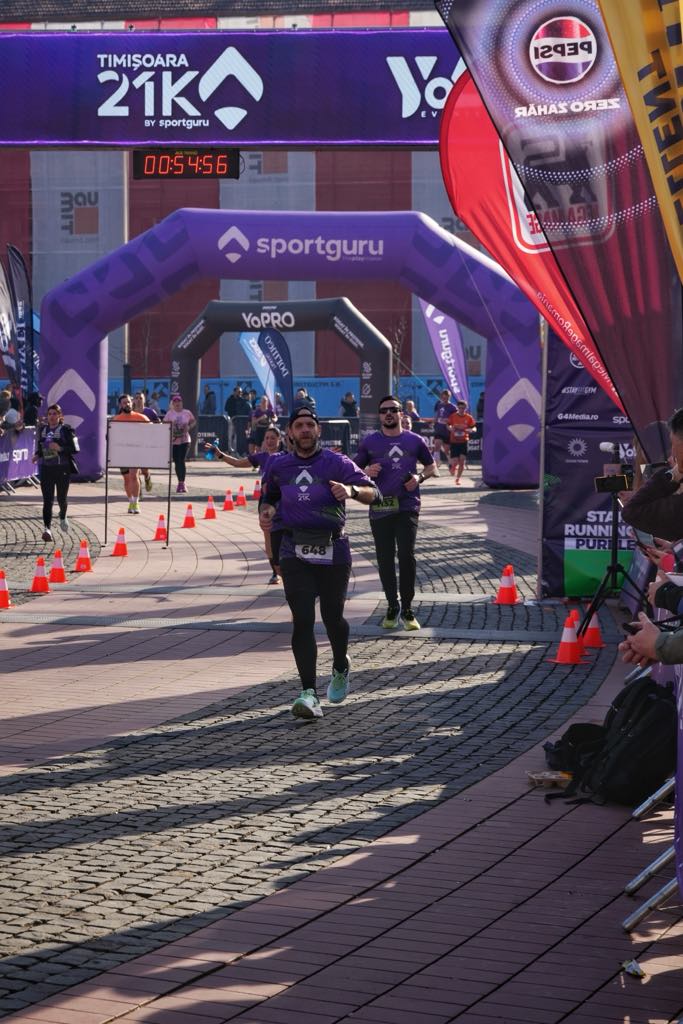
Pushing Through Fatigue
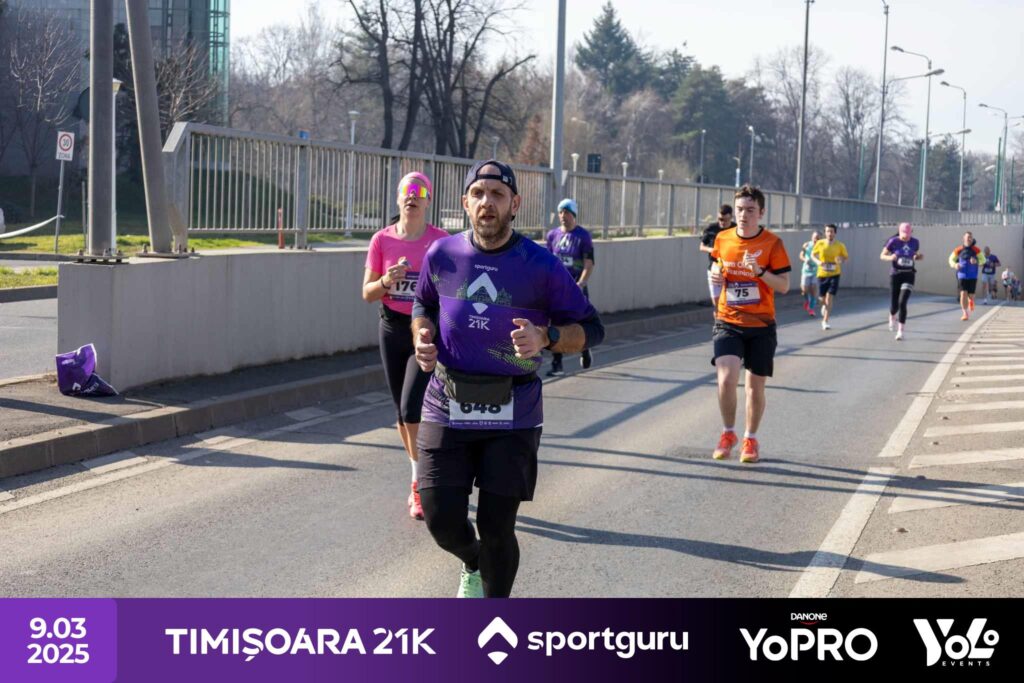
At 11 kilometers, it was time for my first planned fuel intake. I had packed two isotonic gels, knowing that a little energy boost could make a difference in the later stages. I took small sips over the course of a few minutes, careful not to gulp it down too fast.
For that kilometer, I allowed myself a slight drop in pace to 5:40/km, giving my body a moment to process the fuel. Once I was done, I locked back into 5:25/km and kept going.
But by the time I reached 13 kilometers, I could feel the first signs of real fatigue setting in. My muscles were starting to protest—not just a mild discomfort, but a deepening ache that warned me the easy part was over. And then came the real test: the tunnel climb.
The course had a 200-meter ascent out of a tunnel that we had to tackle twice. The first time over, it was a challenge! The incline made my muscle pain flare up sharply, and I had no choice but to slow down as I climbed. But the real battle began at the top. Resuming my original pace took everything I had, and it became clear: this race was now a fight of sheer willpower.
As if the fatigue wasn’t enough, I felt a blister forming on one of my toes. A small discomfort at first, but every step made it worse, a persistent annoyance that I knew would only grow.
At the next hydration station, I grabbed a cup of water and forced myself to slow down for a minute to drink it properly. That momentary break felt great, but getting back to pace? That was another story. Each time I had to speed up again, it got harder.
By kilometer 16, my heart rate pushed past 173 bpm—a clear sign I was approaching my limit. There’s still some room there, I told myself, trying to stay positive. But the numbers didn’t lie. My pace had dipped slightly to 5:35/km. Still good, still on track—but 5 kilometers is still a long way to go.
The finish line was getting closer, but so was the suffering.
The Final Stretch
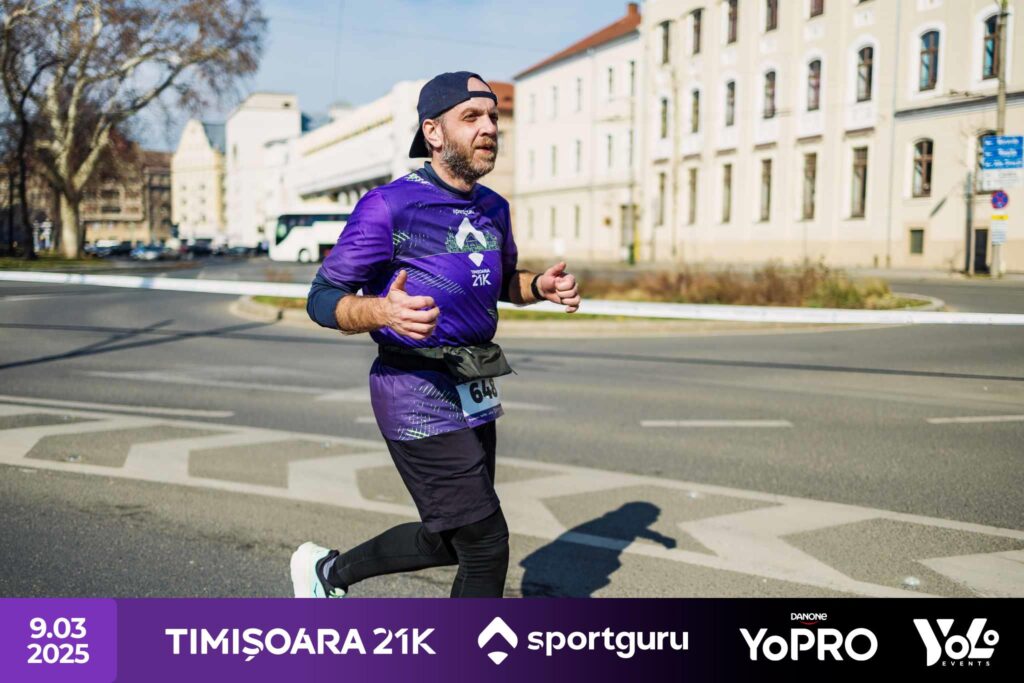
Between kilometer 16 and 17, the second climb out of the tunnel loomed ahead. This one was brutal. My legs felt like bricks, and my pace tanked to 6:40/km. As I reached the top, I told myself, “Now, back to pace!”—but my body had other plans. I simply couldn’t return to 5:25. I had a little more than 4 kilometers to go, and reality hit hard: I was bonking.
I forced myself to accept the situation:
- Sustaining the initial pace was impossible—no denying it.
- I still had time to spare—sub-2 was still within reach.
A quick mental calculation told me that even a 6:00–6:15/km pace would get me there. Fine. Let’s go for it. But soon, even 6:00/km felt like too much. My heart rate spiked to 188 bpm, and I knew I couldn’t hold it. I settled into a 6:15/km grind—a pace that was barely sustainable but just manageable enough to keep me moving forward.
The rest was pure survival. Each kilometer became a battle just to hold on. One step at a time. Don’t stop. Keep going.
As the final kilometer approached, adrenaline kicked in. The finish line was near. I heard the crowd, the announcer shouting, “We’re still under two hours!” That was all I needed. With whatever I had left, I picked up the pace—5:40/km for the last 300 meters—just enough to squeeze out a final push.
Then, it was over. I crossed the line, gasping for air, my legs on fire. Someone placed a medal around my neck. 1:58:04. I had done it.
Beyond the Finish Line
As soon as I crossed the finish line, exhaustion hit me, but not in an overwhelming way. I wasn’t completely wrecked—I could still walk, still think—but all I wanted was to sit somewhere in the shade, sip my isotonic drink, and let the moment sink in. I unwrapped a protein bar, took a bite, and stared ahead, trying to process what had just happened.
I kept looking at my watch, almost not believing it. Sub-2. A goal that had felt impossible in training, a target that seemed so far out of reach just days ago, was now a reality. How? I had no answer, at least not yet. Maybe race-day adrenaline had carried me. Maybe the doubts in my head had been louder than the truth of my fitness. Or maybe, just maybe, I had been capable all along—I just didn’t fully trust it. Essentially, that’s how I ran a sub-2 hours half marathon!
Looking ahead, I know there are things I need to improve. I won’t let myself get carried away by the fast early pace of the crowd again. I need to understand my body better, to fine-tune my pacing so I don’t burn out before the real challenge begins. And next time, I want to finish with enough in the tank to push hard through the final kilometer, not just survive it.
The road ahead is clear. May 24, 2025: the six-hour race at a S24h event. Then, in late October, my first full marathon—with a goal to go sub-5 hours. This half-marathon wasn’t just a finish line; it was a starting point. A confirmation that the limits I think I have are often just walls I haven’t pushed hard enough against. And now, I’m ready to push again.
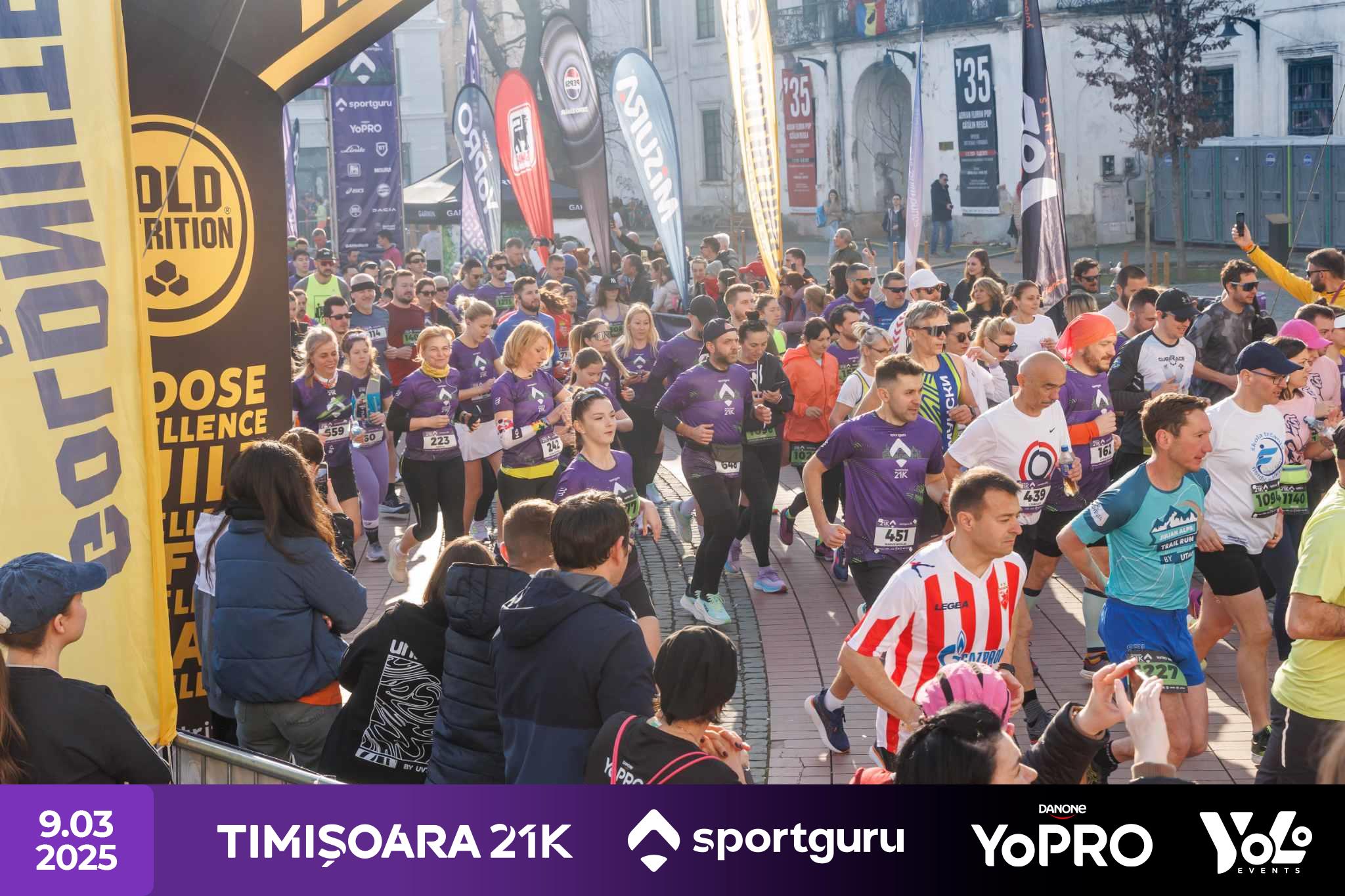
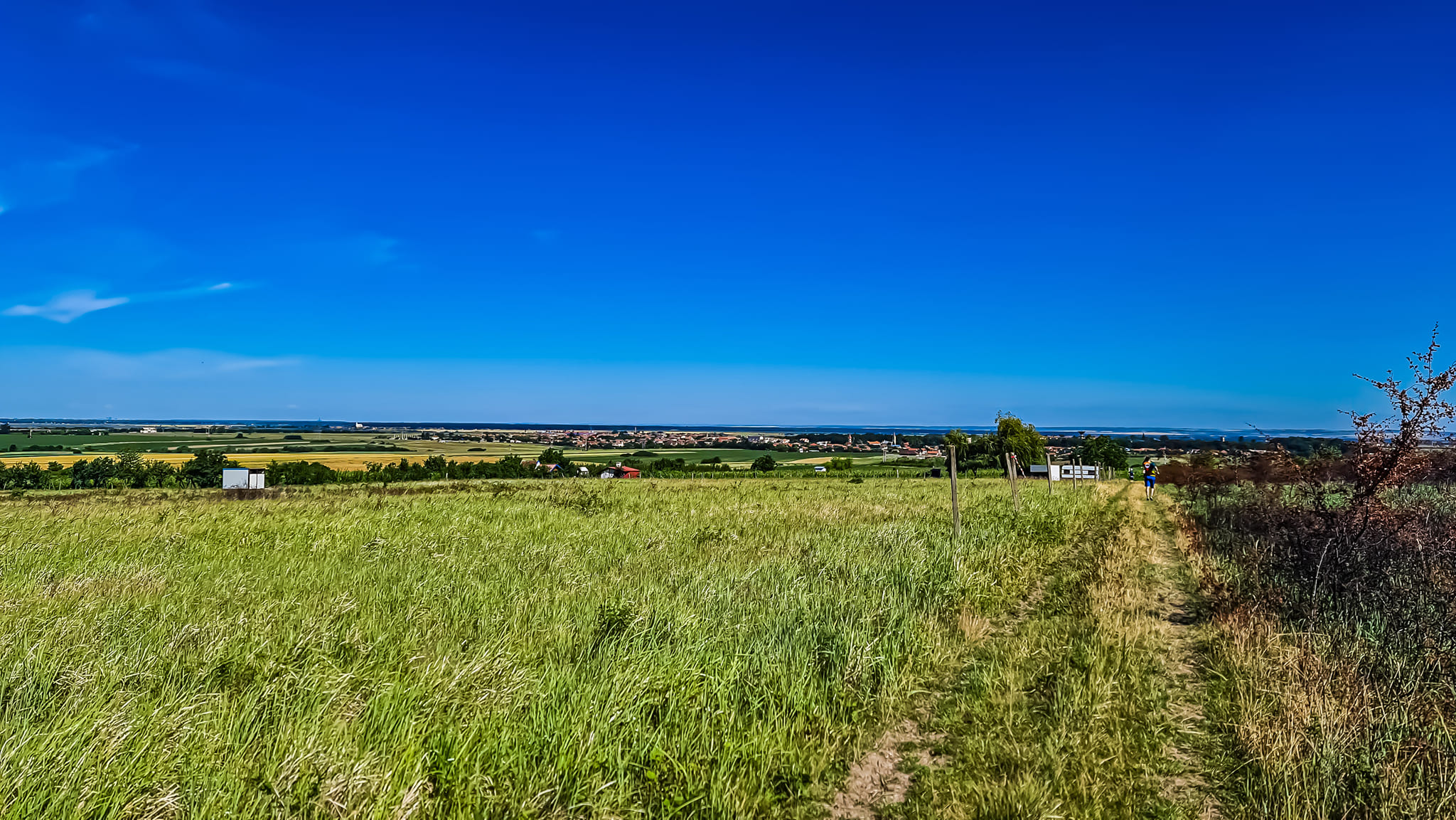
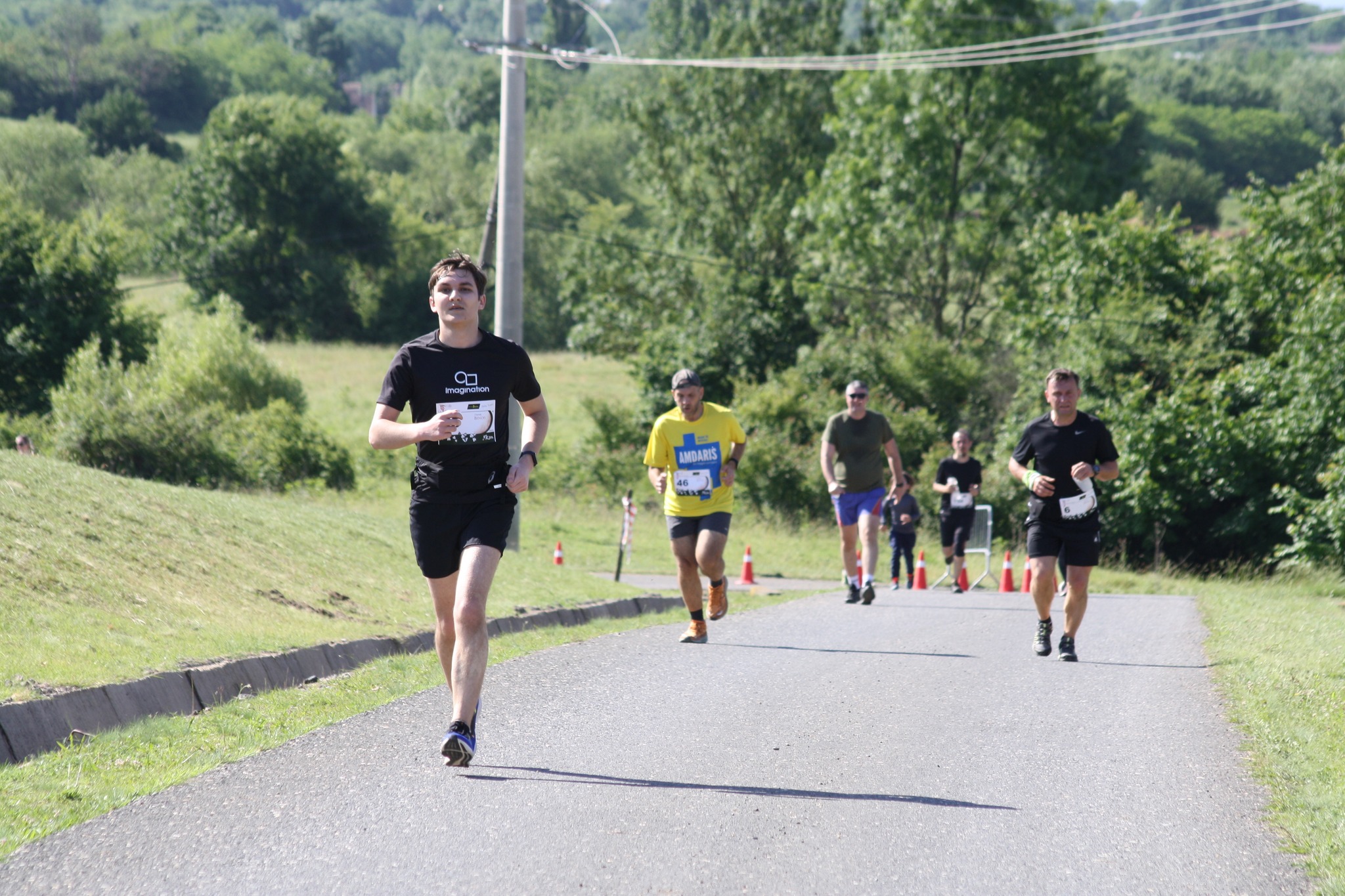
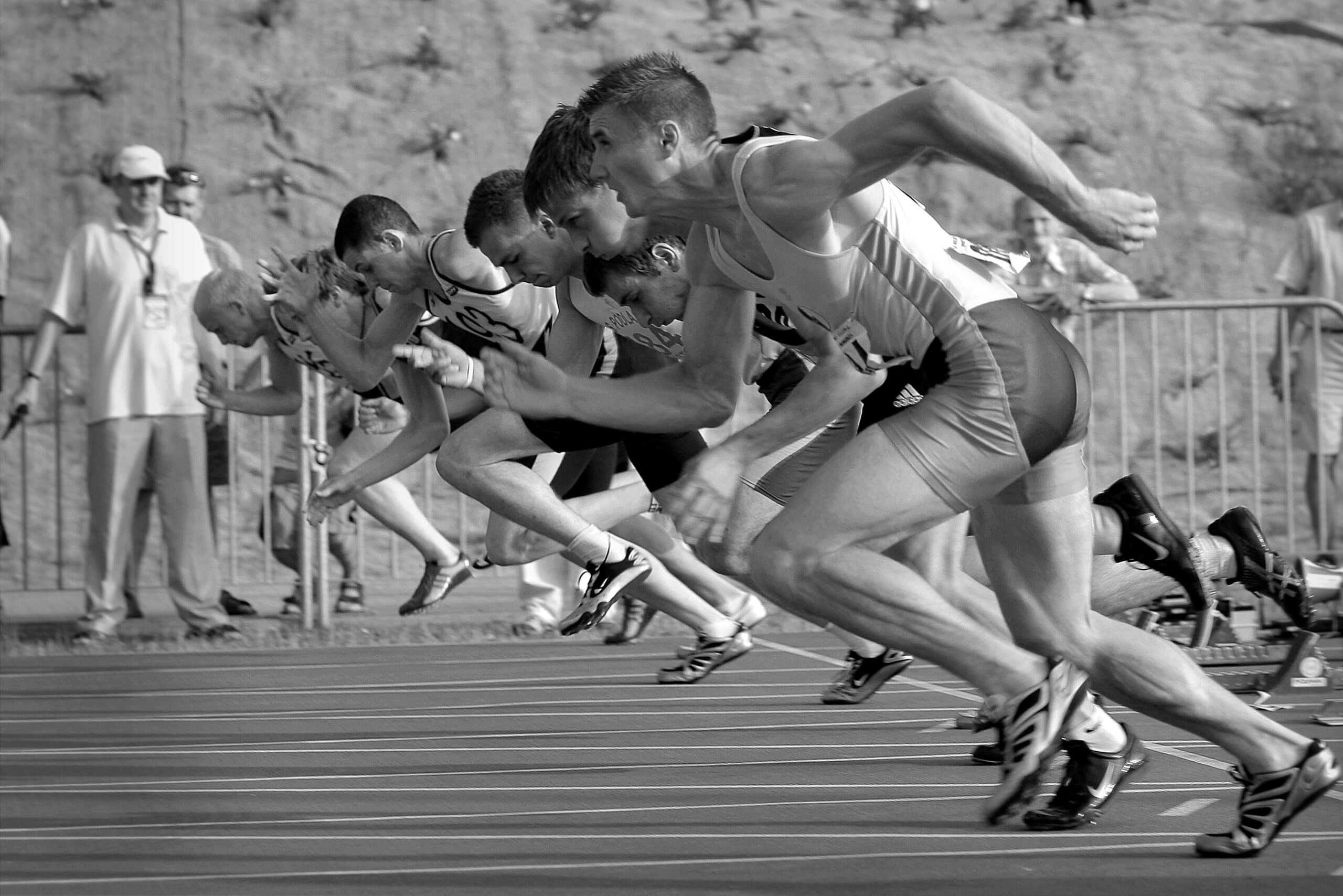
3 comments